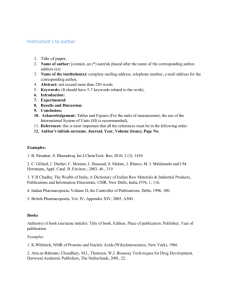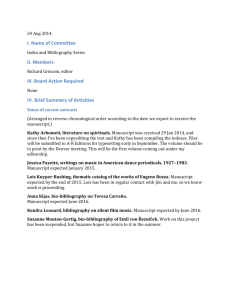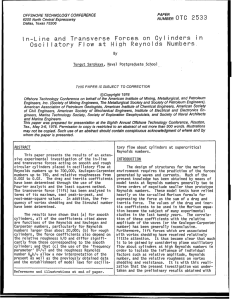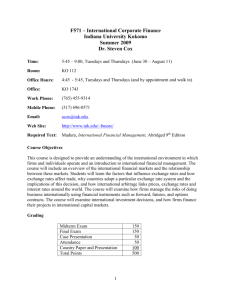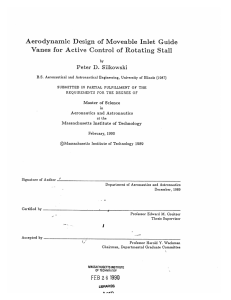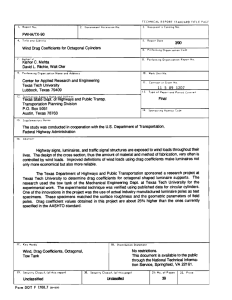docx - IYPT Archive
advertisement
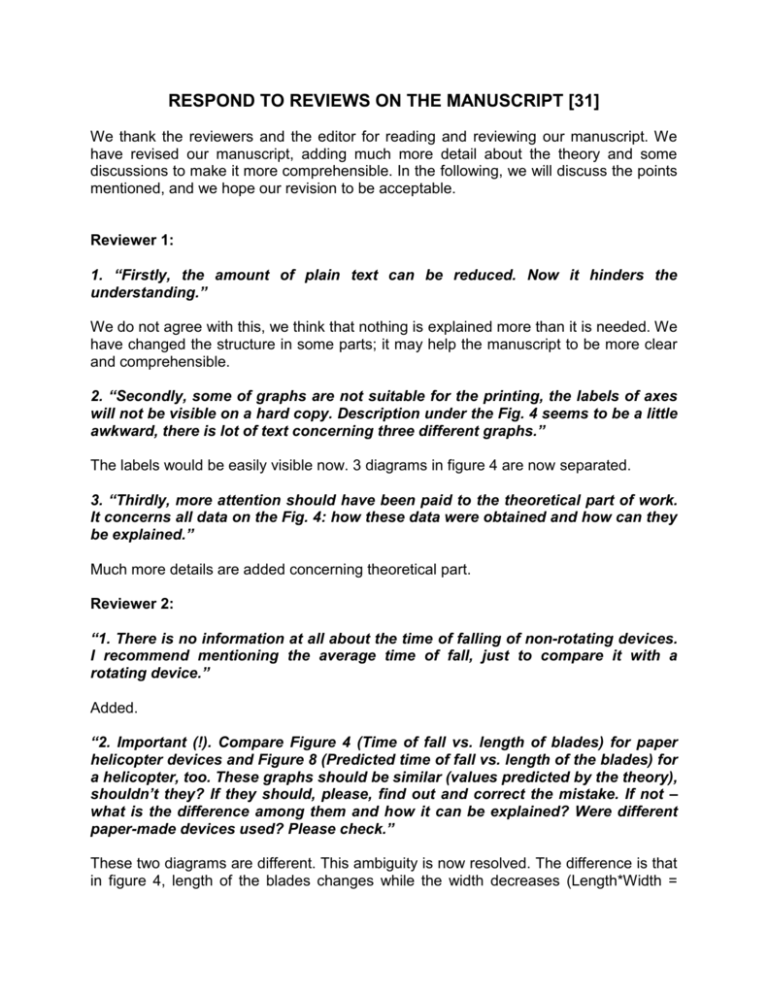
RESPOND TO REVIEWS ON THE MANUSCRIPT [31] We thank the reviewers and the editor for reading and reviewing our manuscript. We have revised our manuscript, adding much more detail about the theory and some discussions to make it more comprehensible. In the following, we will discuss the points mentioned, and we hope our revision to be acceptable. Reviewer 1: 1. “Firstly, the amount of plain text can be reduced. Now it hinders the understanding.” We do not agree with this, we think that nothing is explained more than it is needed. We have changed the structure in some parts; it may help the manuscript to be more clear and comprehensible. 2. “Secondly, some of graphs are not suitable for the printing, the labels of axes will not be visible on a hard copy. Description under the Fig. 4 seems to be a little awkward, there is lot of text concerning three different graphs.” The labels would be easily visible now. 3 diagrams in figure 4 are now separated. 3. “Thirdly, more attention should have been paid to the theoretical part of work. It concerns all data on the Fig. 4: how these data were obtained and how can they be explained.” Much more details are added concerning theoretical part. Reviewer 2: “1. There is no information at all about the time of falling of non-rotating devices. I recommend mentioning the average time of fall, just to compare it with a rotating device.” Added. “2. Important (!). Compare Figure 4 (Time of fall vs. length of blades) for paper helicopter devices and Figure 8 (Predicted time of fall vs. length of the blades) for a helicopter, too. These graphs should be similar (values predicted by the theory), shouldn’t they? If they should, please, find out and correct the mistake. If not – what is the difference among them and how it can be explained? Were different paper-made devices used? Please check.” These two diagrams are different. This ambiguity is now resolved. The difference is that in figure 4, length of the blades changes while the width decreases (Length*Width = Fixed, all the A4 paper is used for the blades). In figure 8 length of the blades changes while the width is fixed (area changes). In this experiment only a portion of A4 paper is used for the blades, the rest is used in the conic center. In all the diagrams concerning different devices, all the A4 paper is used. Reviewer 3: “1. Please, clarify the theoretical part. What are your assumptions, what equations and dependencies you finally derive, and what do you take as the input values for the simulation. I am under an impression that you mix or confuse the simulation with the theory.” The theory is now well-explained with necessary details. “2. Provide “color” scale bar for the Figure 6.” Figure 6 was deleted because it wasn't informative and necessary. “3. There is a number of spelling mistakes (for example, in the caption for the Fig.4a – “)” missing). Please, check the spelling once again” Corrected. “4. It is unclear what the theoretical curves on the graphs are (Figs 4, 7, 8). It should be explained properly.” Much more explanation is added concerning these diagrams. . “5. Many places in the text clearly require referencing (e.g.: about FLUENT simulations, or drag coefficients etc.) All these need a reference to an external source of information, for an interested reader at least. Provide those references and others alike, if possible.” References added. Editorial request “1. Figures 1, 2: consider adding a scale bar” Added. “2. Figure 7: a direct calculation or a fit with several tunable parameters? If slightly different input parameters are used, can the curve provide a better fit for experimental data?” Nothing is tuned. The drag and lift coefficients are the only required unknown parameters which are directly calculated using FLUENT. It is not easily possible to change the parameters. There are about 180 drag and lift coefficients resulted from FLUENT for different angles of attack. So they cannot be easily tuned. “3. Video analysis: consider adding one or several snapshots of the video with a descending device. Consider sharing some of the videos as online supporting material.” We added a video. We think that it will suffice, there wasn’t enough space to add snapshots. “4. Figure 6 and related calculations: if air density and viscosity are used in the calculations, a length scale bar would be an appropriate (and necessary) addition to the figure.” Figure 6 was deleted. However, our extraction from the CFD results were the drag and lift coefficients which are only functions of the angle of attack and the Reynolds number. However, in high enough Reynolds numbers, which cause a fully turbulent flow, the coefficients are independent to the Reynolds number and were only functions of the angle of attack. This was assumed to be the case. “5. What were the order of magnitudes for the Reynolds' number of such a system? A paper device with such a complex shape, protruding wings with a length of ca. 30cm, translating at ca. 1 m/s and revolving at an unreported angular speed, is quite likely to generate a turbulent flow pattern, one may suggest. Consider adding a commentary. Is it correct that the flow is purely laminar on Fig. 6?” As estimated and reported in the manuscript, maximum Reynolds number would be about 105 which could be assumed fully turbulent. “6. Report all input parameters used in the simulation.” It is completely clarified. “7. Experimental angular speeds of the descending device: please report them if they were measured. If not, consider providing an estimate of their order of magnitude.” We have not measured it, and we do not see it necessary to be reported. It can be estimated based on the provided video. Regards, Hossein Azizi, Reza M. Namin


